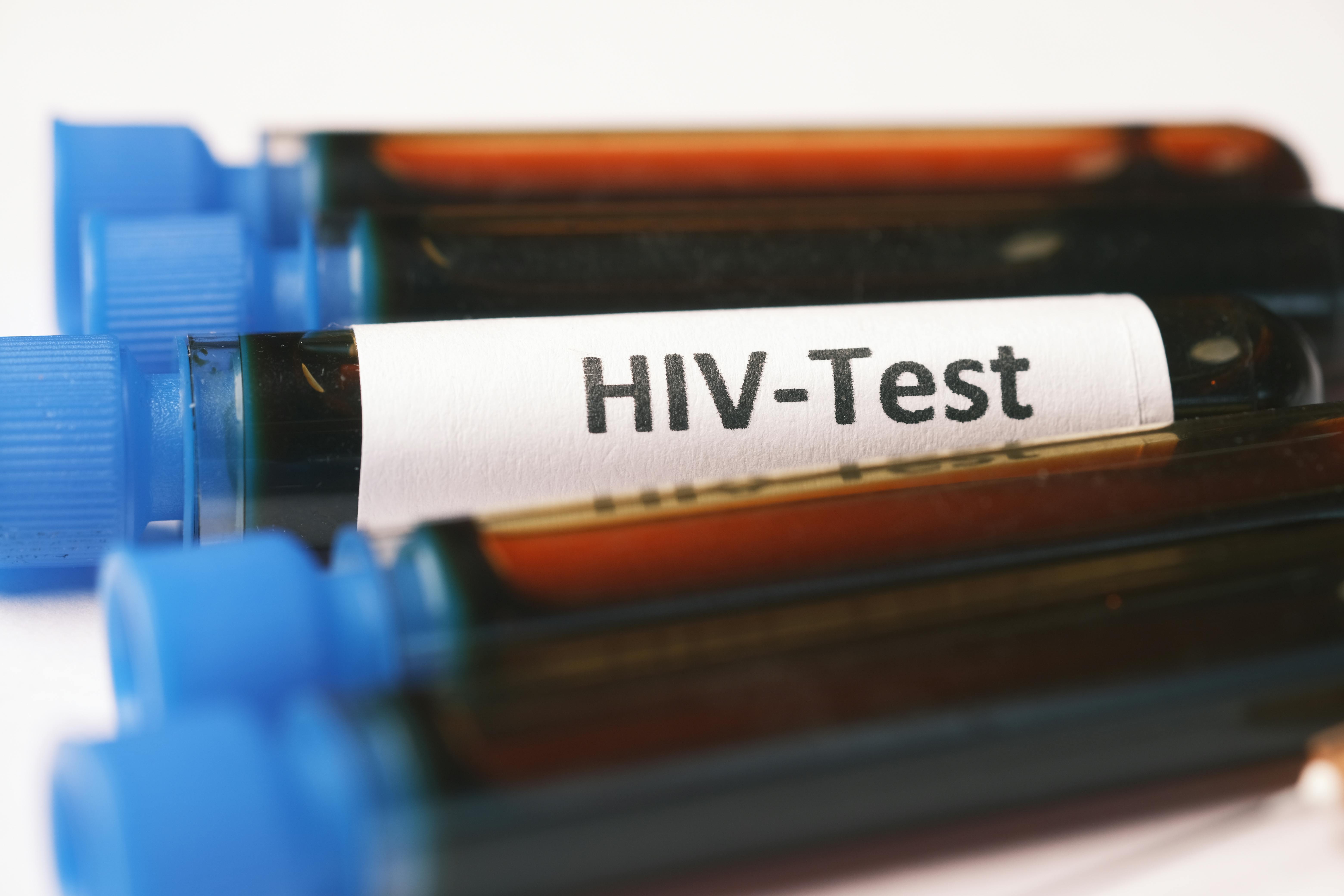
Despite medical advancements, the fight against HIV in the United States continues to face challenges. In 2021, a total of 36,126 people were diagnosed with HIV, the latest data available. Shockingly, more than one in five of these cases were late diagnoses, with 21.1% of patients already facing AIDS within three months of learning they had HIV.
Of particular concern is the Latinx community, where late HIV diagnoses are highest among newly diagnosed patients. Despite an overall 19% drop in HIV cases from 2010 to 2021, Latinx individuals are the only ethnic group that hasn't seen a decrease in new cases.
These troubling numbers highlight several obstacles to HIV testing in at-risk Latinx populations. Issues like HIV-related stigma, heterosexism, medical mistrust, and racism all contribute to delays in testing and treatment.
An effective way to improve access to timely HIV testing and prevention is through emergency departments (EDs). EDs serve thousands of patients and offer healthcare services to underserved, high-risk populations like the Latinx community. However, despite their potential, only a small number of ED patients get tested for HIV, and fewer than one in four EDs in the US offer routine HIV screening programs.
The COVID-19 pandemic has made the already low rates of HIV testing in EDs even worse. Recent studies show that in the first months of the pandemic, HIV testing dropped by about 32% nationwide. This significant decrease has led to more cases of undiagnosed HIV.
The Ending the HIV Epidemic (EHE) initiative, led by the U.S. Department of Health and Human Services (HHS), aims to reduce HIV incidence by 90% within a decade. One of the key strategies to achieve this goal is to increase HIV testing in emergency departments across the country. The EHE initiative has identified 48 high-burden counties, collectively responsible for over 50% of new HIV diagnoses nationwide. Addressing the HIV epidemic in these counties is a top priority of the EHE initiative.
Riverside and San Bernardino Counties are among these 48 high-burden counties experiencing a severe HIV epidemic, worsened by low testing rates. The California Department of Public Health (CDPH) reports that roughly 2,500 people are living with HIV in two counties who are not aware of their condition. This accounts for approximately 18% of the estimated 14,000 individuals living with HIV in the area.
The Loma Linda University Health (LLUH) ED has the potential to address the need for increased access to HIV screening and prevention services for the Latinx community. As the only Level 1 Trauma Center in the Inland Empire, it sees an average of over 164,000 visits yearly. People living with HIV visit EDs at more than double the rate of the general population. EDs often serve as the primary source of healthcare for vulnerable communities, including the Latinx population in the area. However, currently, the LLUH ED lacks a reliable HIV screening process.
To address this need, leaders in the ED, including Drs. Kalam and Toomasian, along with Dr. Veltman, head of the Infectious Disease section, and School of Behavioral Health faculty Dr. Brian Distelberg and Dr. Alex Dubov (PI), secured a $1.5 million grant from the Substance Abuse and Mental Health Services Administration (SAMHSA). This grant, funded by the HHS, will establish a comprehensive HIV screening and prevention program within the LLUH ED.
Over the course of five years, the grant will support HIV and Hepatitis C Virus testing in the LLUH ED and improve linkage to prevention services and care among the Latinx population at high risk for substance use disorders (SUDs) and HIV infection. As part of this initiative, the ED hired an HIV prevention navigator, Alysiana Taha. Alysiana will work in the ED to educate patients about HIV transmission, risk factors, and prevention methods. She will use an electronic self-screening tool to assess patients' risk factors for acquiring HIV, offer HIV testing, and connect patients to HIV prevention or treatment services. Because of concerns about HIV stigma, Latinx patients often decline HIV testing. However, electronic self-screening engages them discreetly and addresses barriers to HIV testing privately. This tool also assesses both HIV and substance use disorder risks, allowing for the coordinated provision of services in the ED.
Written by Dr. Alex Dubov, Associate Professor, Division of Interdisciplinary Studies
